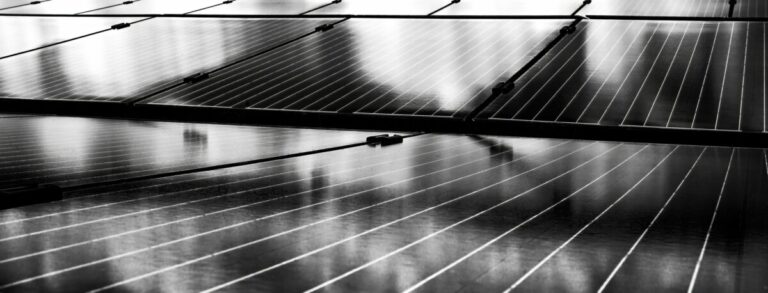New research from India has shown that bifacial perovskite solar cells can achieve a 2% higher energy conversion efficiency at a tilt angle of 20 degrees. The scientists also developed a bifacial perovskite solar cell for applications in both tandem and single-junction PV devices.
Researchers from the Indian Institute of Technology Bombay have performed a quantitative analysis of optimal albedo and tilt angle values in bifacial perovskite solar cells and found that improving the albedo at the back to 0.5 and using a 20 degree tilt angle results in the highest levels of efficiency.
“Us study presents the fabrication of efficient bifacial perovskite solar cells and investigates their unique properties using various characterization techniques, including Lambertian reflection effects through tilt angle arrangements and bottom albedo illumination,” the study’s lead author Paul Ananta told pv magazine.
The scientists said that the core component of their bifacial solar cells is the transparent back contact made of indium zinc oxide (IZO), which they claim has excellent conductivity, high mobility and optimal transparency. The device has an active surface area of 0.175 cm2
when illuminated from the front and 0.14 cm2 from the back.
The cell is designed with a transparent fluorine-doped tin oxide (FTO) substrate, an electron transport layer (ETL) made of tin oxide (SnO2), a perovskite absorber, a hole transport layer (HTL) relying on spiro-OMeTAD and molybdenum oxide (MoOX), the IZO layer, a molybdenum oxide (MoOX),
“The control device achieved a maximum energy conversion efficiency of 17.46% under 1 Sun AM1.5G front lighting,” Ananta explains. “A significant influence of Lambertian ground reflection is observed with variations in the tilt angle, resulting in an increased efficiency from 17.46% to 18.82% when the tilt angle reaches 20 degrees.”
Furthermore, the researchers found that improving the back albedo to 0.5 sun yielded a maximum efficiency of 26% with a bifaciality factor of 89.3% at a tilt angle of 20 degrees.
“As a result, the synergistic effect of an albedo of 0.5 solar and a beam angle of 20 degrees led to the development of bifacial perovskite solar cells with an efficiency of 26.46%,” Ananta continued. “SCAPS-1D simulations are further used to validate the experimental Lambertian reflection effects.”
The researchers also found that the cells showed intrinsic self-encapsulation and chemical robustness. “Our study expects that cost-effective and highly efficient bifacial perovskite solar cells will emerge as a leading PV technology in both single-junction and tandem PV configurations for electricity generation in the near future,” they concluded.
This content is copyrighted and may not be reused. If you would like to collaborate with us and reuse some of our content, please contact: editors@pv-magazine.com.


